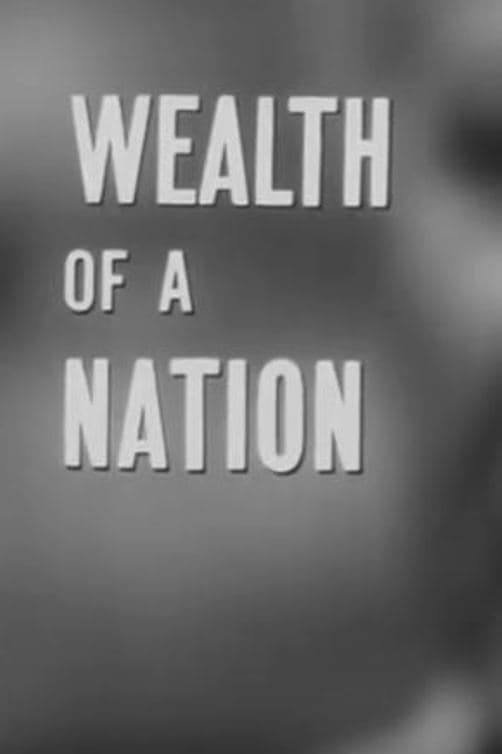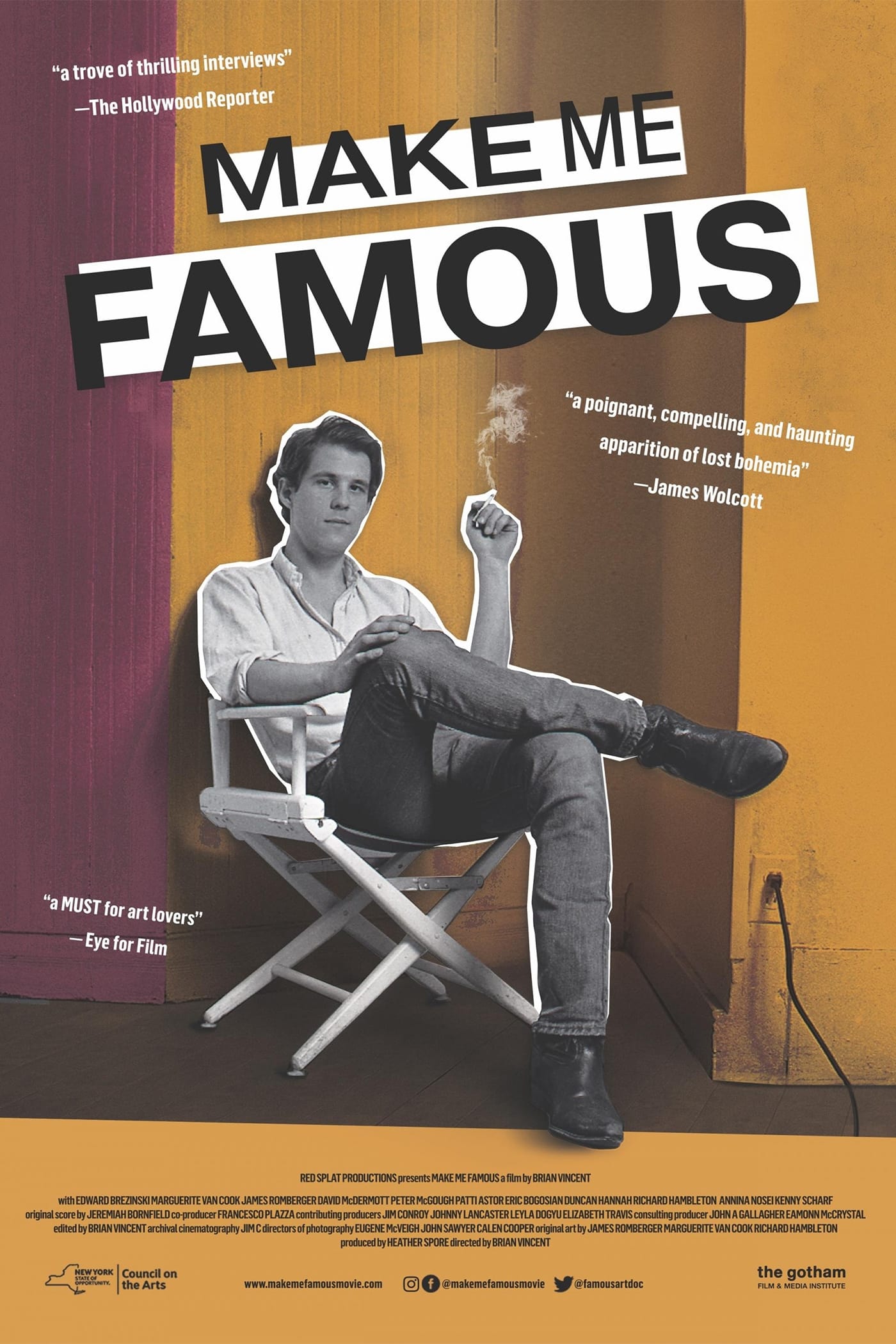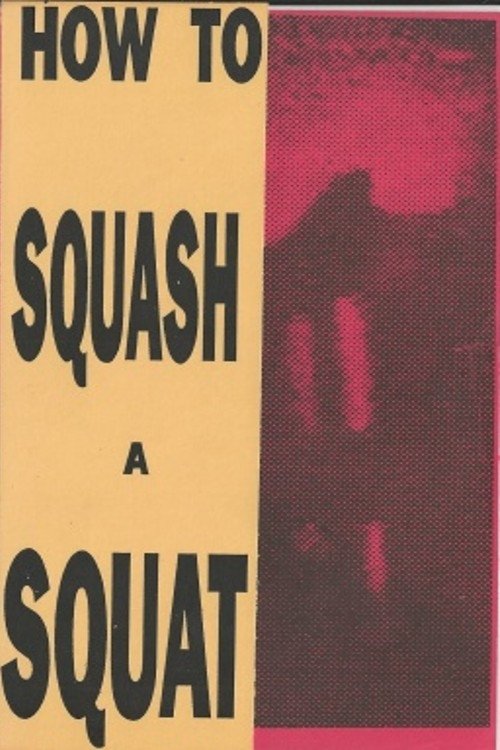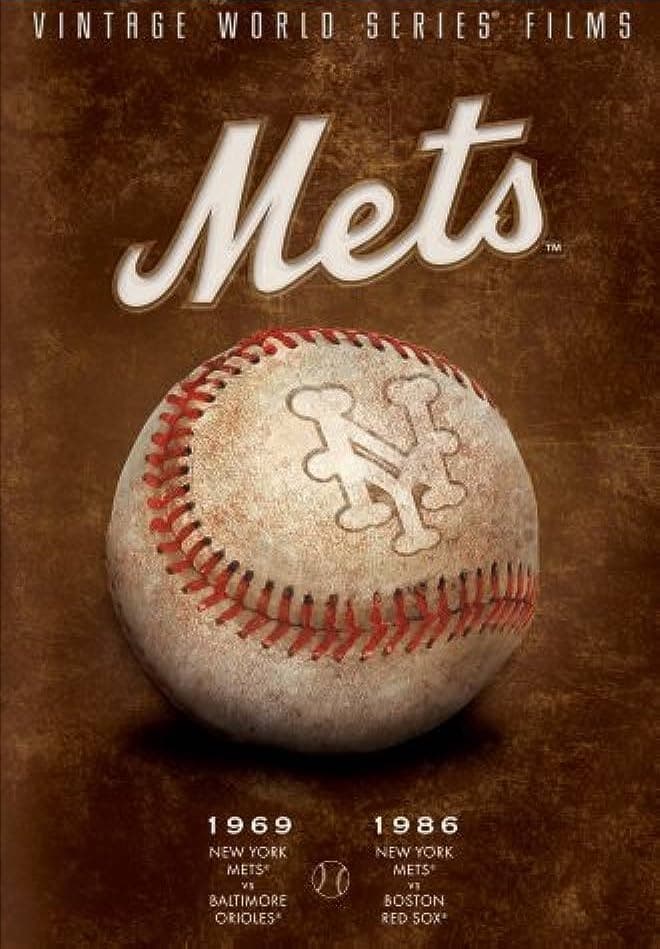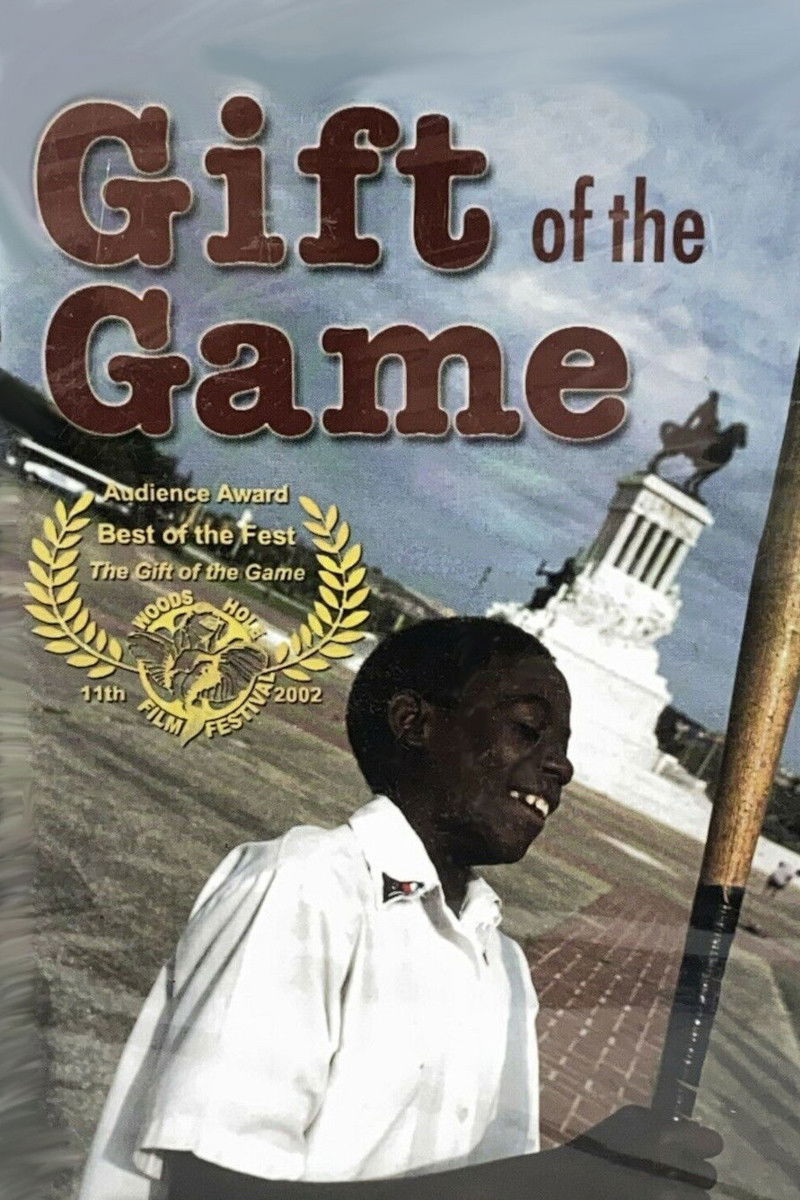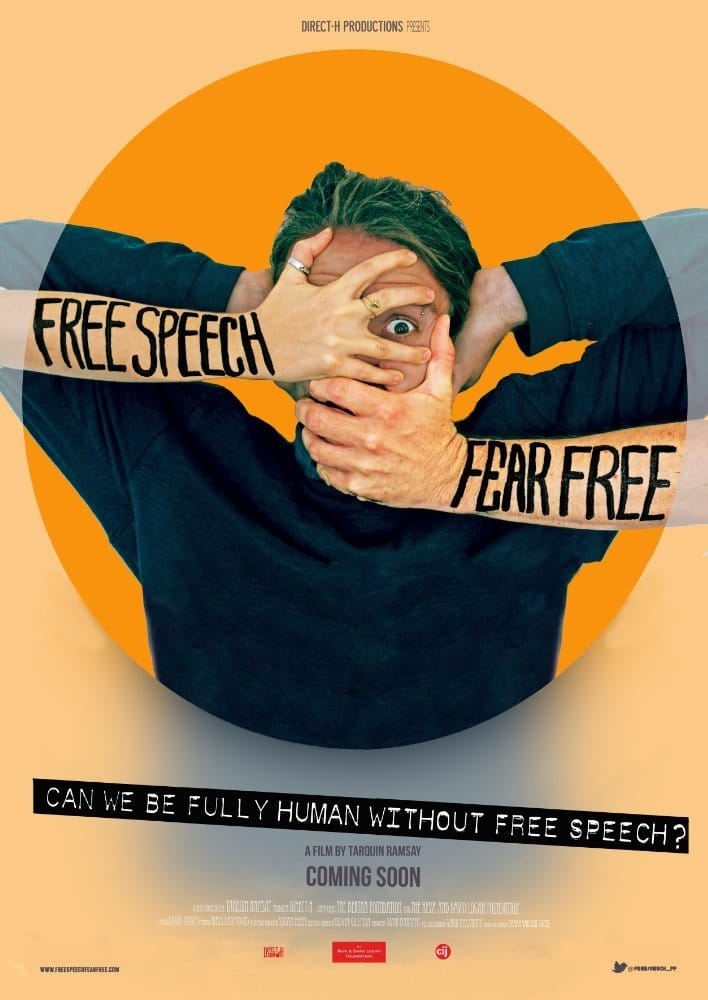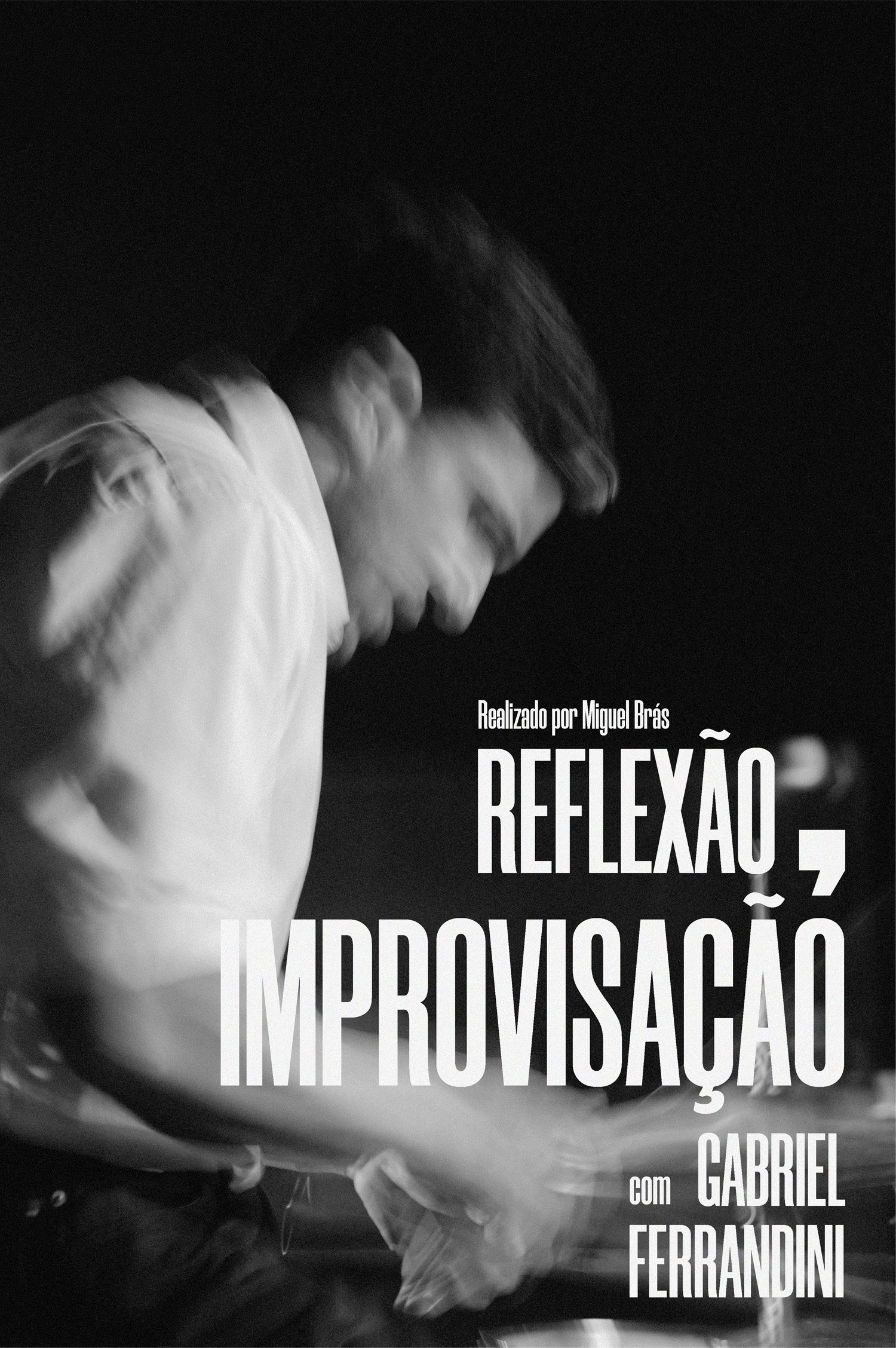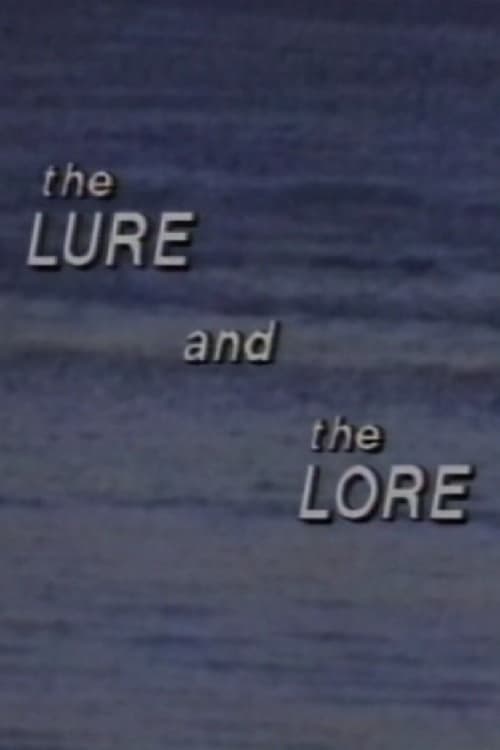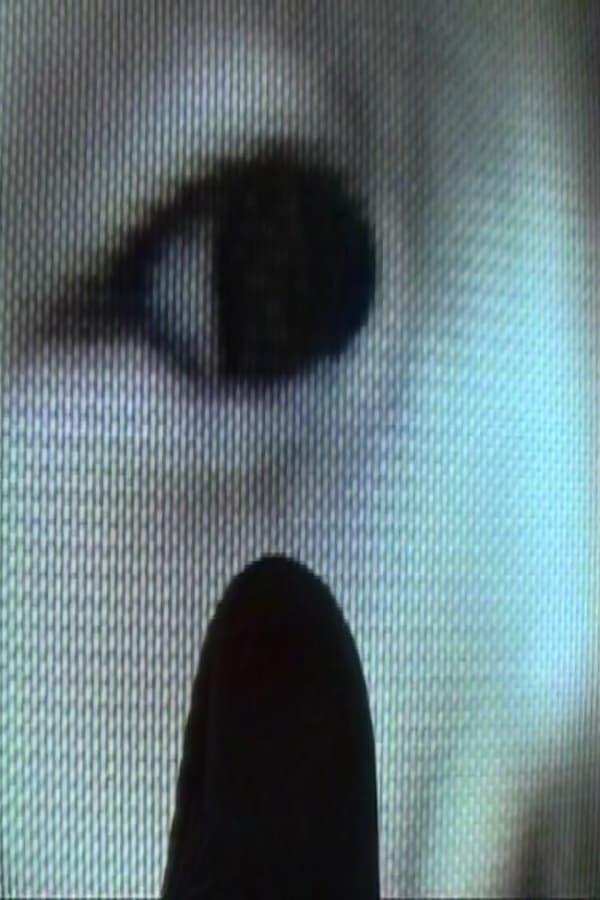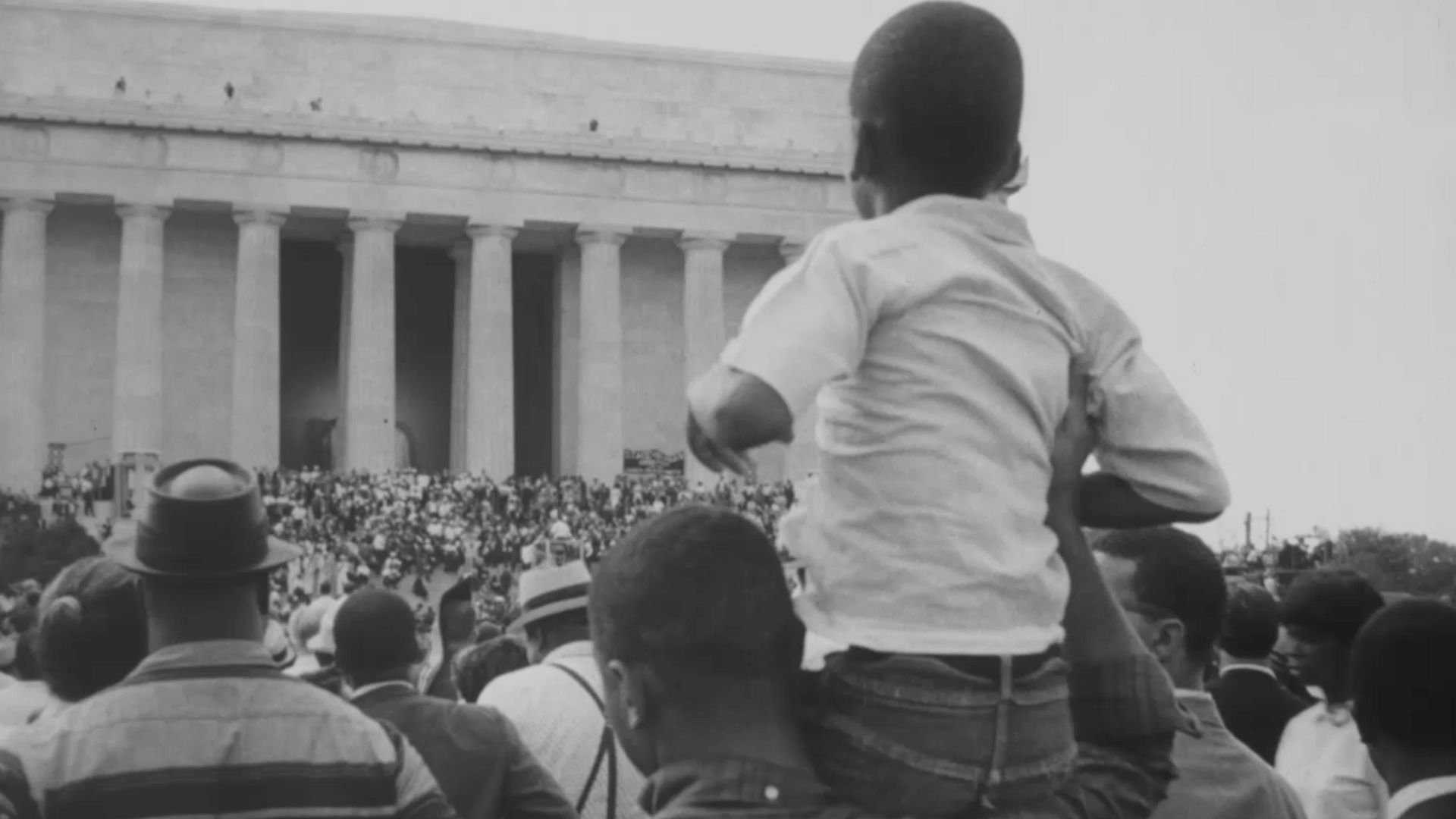
Wealth of a Nation
1964
0h 21m
0.0(0 votes)
Documentary
Overview
"This film explores how freedom of speech — including dissent — is afforded to all Americans, and shows freedom of expression in art, music, dance, architecture, and science. The film also emphasizes the importance of the individual’s contribution to the whole of society and demonstrates how a productive and creative society is formed by the open and respectful exchange of ideas. The film was written, produced, and directed by William Greaves" (National Archives).
Cast & Crew
5 members
Acting
Lee Bontecou
Self
No Image
Acting
Bill Dixon
Self
No Image
Acting
William Katavolos
Self
No Image
Acting
Paolo Soleri
Self
No Image
Acting
Martin Luther King Jr.
Self

